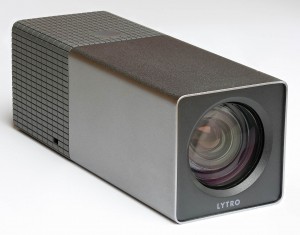I was in the mood to get nostalgic today. Or waste time. Both I think. I spent many minutes going through my travel photos from last year (when I travelled Europe with my best friend, now flat mate) and ended up finding this photo. Here, we were sitting waiting for our very expensive meal, with our very expensive waters on a boat to Italy from Croatia. Actually the food probably only cost us 10 euros or something, but that seemed ridiculous for a plate of pasta at the time. Anyway, it reminded me that I actually kept a journal while I was over there; something that I really don’t do, aside from when I’m forced to do it for uni or school. So I then spent many minutes going through my old journal. I remember I originally bought it because Sarah, my travel buddy, had one and when she was writing in hers, I didn’t have much to do in our down time aside from read American Psycho (and that’s not always something you want to be doing in a 14 person dorm, with a creepy man watching you sleep in the bunk next you). Most of the stuff I’ve written in there is just in dot point form, because I really just wanted to have it so I could tell other people what to do and what not to do when I got back. I also got very behind with writing in it, so only the first couple of months of my trip are recorded. But even so, I think it was worth it. The first month was actually the hardest part of the ‘holiday’ for me. Sarah and I were just getting used to each other and being stuck with someone 24/7 in very stressful situations was very difficult at times. Thus, the journal supplied a place for me to vent…everything.
However, the best part about looking over my journal was reading my records about the first time I met people. I know it’s a cliche, but the things I treasure most from traveling are the people I meet. I had paid particular attention to writing about every new person I became friends with in those first couple of months; and since, I think the majority of people traveling Europe (who are my age) are Australians, I have managed to stay friends with a lot of them. Dan, who I met in the Austrian Alps, but is from Mentone, has become a really close friend and it was funny to see what my first impressions of him were. He had ‘misplaced’ his travel buddy and so ended up being the only boy staying at this tiny hostel in Wildschonau with us, but we clicked right away. We cooked together and stayed up all night watching films and talking about Melbourne clubs, comparing the t-shirts we had brought over and proclaiming the times we had wanted to kill our travel mates in the previous weeks overseas. Anyhow, the point is, I had a good feeling about him right from the start… and its makes me realise I should trust my first instincts more often.
So writing is good for some things. Photos are good for another. But I think the most nostalgic medium by far is video (maybe this is why I love it so much). Sometimes it’s almost a little bit too real, I look at the clip below and it sends me right back there…to a different time, a different place and a very different head-space.
European Expedition from Mia Zen on Vimeo.



